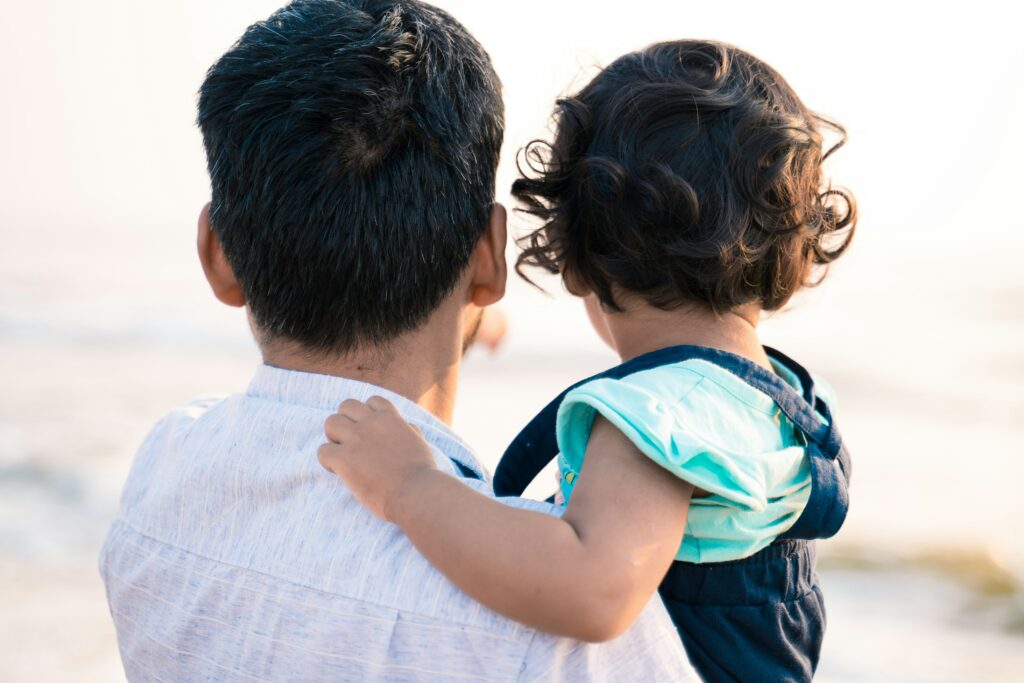Today, I’d like to talk about using different types of immigration avenues at the same time to try and stabilize status in the United States. Many times, you don’t have to pick just one way forward to try and get a green card. With most cases having processing times going past a year, life changes are bound to happen, and sometimes that means that immigration plans have to change too.
So, we highlight Pablo’s immigration journey as an example. Pablo was born and raised in Mexico. As a boy, he became friends with Lorena, a girl about his age, who was born in the United States. Their friendship blossomed and Lorena would tell him about life in the United States—she would often go back and forth.
Pablo knew he wanted to see what life in the United States was for himself. When he was twenty, he obtained an H-2A visa to come to the United States and work in agriculture. It was a hard decision to leave Mexico, leaving behind a daughter who was just a few months old. He knew, though, that for her to have the best future possible, he needed the income that only working in the United States could provide.
Unfortunately, once in the United States, Pablo’s employer exploited him. He didn’t get paid the wages he had been promised and his housing, provided by the employer, was unsafe and unsanitary. Anytime someone complained about the work or living conditions, they were threatened with deportation. He knew something was wrong—this was nothing like the United States that Lorena had described to him all those years ago.
Pablo talked with an immigration attorney about his situation at work. The more he explained, the more clear it became that he had been a victim of labor trafficking. He had been brought to the U.S. with false promises, was working in awful conditions, and received threats. He applied for T status as a survivor of human trafficking.
Pablo didn’t know much about Lorena’s life in the United States, but he asked his family in Mexico if they could help him find her family to connect with her. He wanted to see at least one friendly face. It took a few months, but he was able to find Lorena and connect over social media. Within a few months, their friendship blossomed into more.
Lorena and Pablo decided to get married and then talk with another immigration attorney (me!) about their options. They didn’t want to do anything to jeopardize his T status application—it was a strong case and Pablo had spent a considerable amount of money on lawyer and filing fees. If it meant the T status case would automatically be canceled, they didn’t want to file for a marriage-based green card.
I explained to them that they could still apply for him to become a lawful permanent resident and have the T status application stay pending as a safety net. Getting a green card based on marriage has a more predictable timeline, relies less on an officer’s discretion, and gets him to his goal of permanent residency faster. The biggest advantage, though, to a marriage-based green card was the ability to travel back to Mexico more quickly. This was important to him so he could be reunited with his daughter, who he hadn’t seen in four years.
Earlier this month, Pablo was granted his green card based on his marriage to Lorena. And, since he no longer needs it, his T status application will be closed. But, the family felt secure in having the T visa as a backup, just in case something didn’t go as planned.
With immigration, it’s important to have options. I’m especially thinking about our clients who may benefit from the parole announcement last week and how they’ll have the option to try the new program or continue with their case as planned. Some clients may decide to do both and will just wait to see what gets approved first. Yes, it can be expensive to try multiple things at once, but it can help you reach your goal faster and give you extra security.


